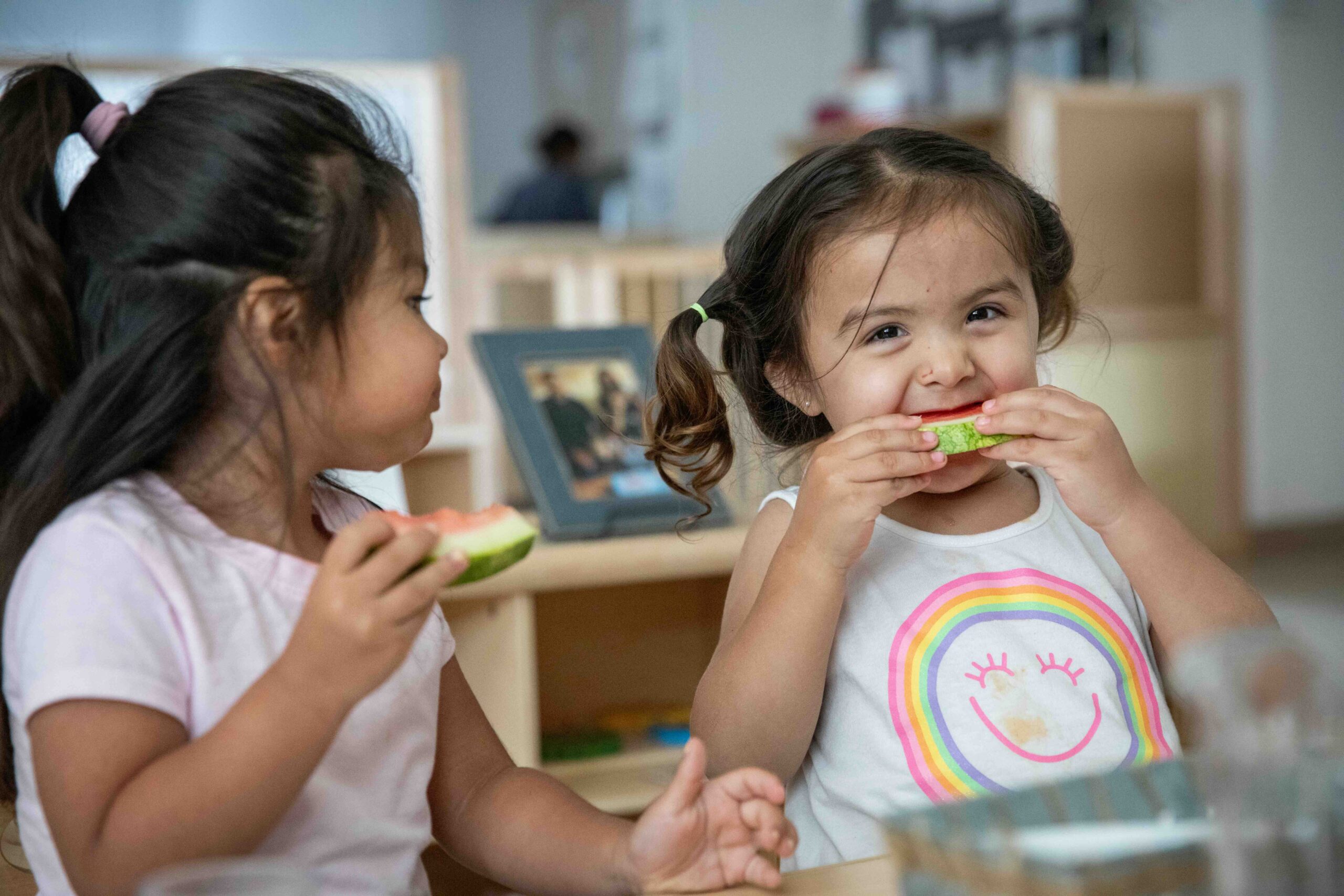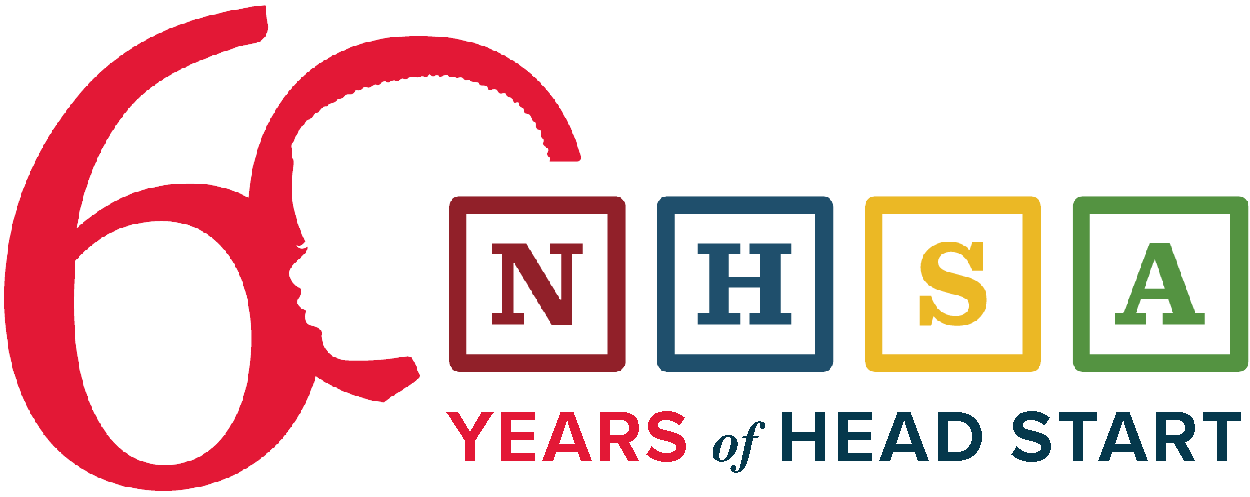The premise of Head Start is simple: every child, regardless of circumstances at birth, has the ability to reach their full potential.
When Head Start was first launched in 1965, the idea of providing comprehensive health, nutrition, and education services to children in poverty was revolutionary, if not radical. The Head Start Model, developed over the decades has been built on evidence-based practices and is constantly adapting—using the best available science and teaching techniques to meet the needs of local communities.
The Whole Child
Head Start programs offer an ideal laboratory for the study of effective child development and learning. The Department of Health and Human Services funds extensive research every year that reinvigorates practices, ensuring that programs meet children's needs by creating a deep understanding of how they learn and what supports healthy development. Children enter Head Start with serious socioeconomic disadvantages that can hold them back for life.
The Whole Family
Head Start supports families facing difficult circumstances and seeks to mitigate obstacles to learning in the early years. Flash forward 50 years, President Barack Obama in his 2014 State of the Union address called for more focused and dedicated work to ensure vulnerable children and families have access to high quality care and education in their earliest years. His FY2016 budget, included a commitment to expand and strengthen child care and early education programs, specifically increasing the duration of Head Start to a full school day and year. Clearly, providing early learning opportunities for at-risk children has become not only a focal point for lawmakers, but a shared national commitment.
What are the components of a Head Start program?
Head Start takes a comprehensive approach to meeting the needs of young children. There are four major components to Head Start:
- Education: Providing a variety of learning experiences to help children grow intellectually, socially, and emotionally.
- Health: Providing health services such as immunizations, dental, medical, and mental health, and nutritional services, and early identification of health problems.
- Parent Involvement: Involving parents in the planning and implementation of activities. Parents serve on policy councils and committees that make administrative decisions; participate in classes and workshops on child development; and volunteer in the program.
- Social Services: Provide outreach to families to determine what services they need.
The Head Start Advantage
What makes the whole child and whole family model so powerful? Nobel-prize winning economist James Heckman has suggested that the social-emotional development cultivated by programs may be the true contributor to long-term impacts, and health benefits which range from decreased child mortality to adult health behaviors. Likewise, by helping families who are struggling with poverty and other socioeconomic challenges to achieve their goals for education, employment, and housing, Head Start plays a transformative role across two generations. The Head Start Advantage is the individual opportunity to thrive in a safe, stable, nurturing space that puts children and their families on the path to success in school, in work, and in life.

Celebrate Head Start Awareness Month
Share the incredible difference Head Start makes in the lives of children and families every day on your personal social media. Find pre-written content in our social media toolkit.

Read Impact Stories
Over the last six decades, 37 million children have been served by Head Start. Their stories and testimonies are living proof points of Head Start’s impact on families across the nation.

Advocating for Head Start's Future
Head Start and Early Head Start are powerful advocates for children, families, staff, and communities nationwide. Join us in championing the future of these vital programs!
